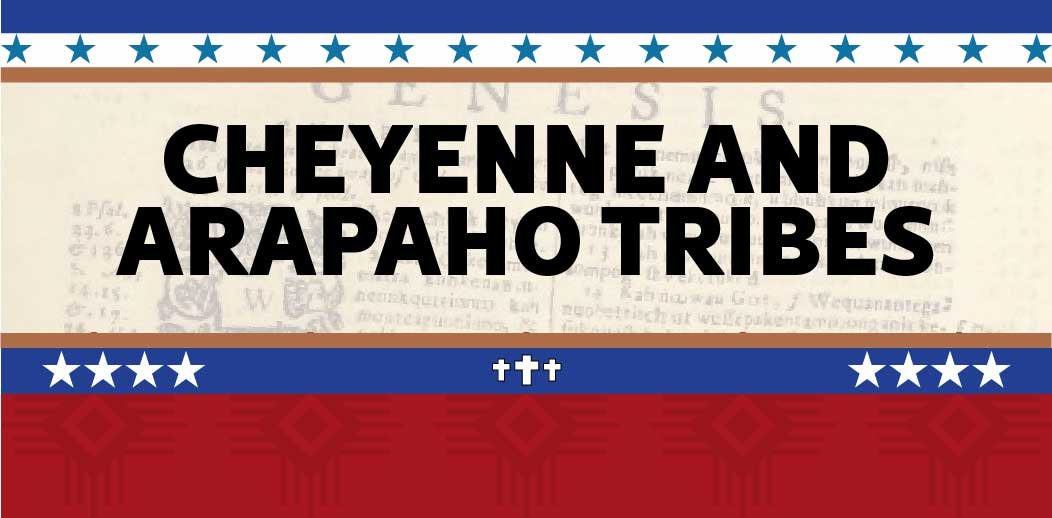The Cheyenne and Arapaho Tribes of Oklahoma, headquartered in Concho, Oklahoma, are a unified sovereign nation formed from two distinct Plains tribes. Originally inhabiting the Great Plains region, the Cheyenne and Arapaho people were known for their nomadic lifestyle, rich cultural traditions, and resistance to U.S. military incursions during the 19th century. Their forced relocation to Oklahoma in the late 1800s marked a significant change in their way of life, but they have maintained a strong sense of identity and cultural continuity. Today, the tribes are governed by an elected council and are involved in various economic and cultural activities to support their community.
What is the tribe's most recent population census?
According to the most recent population census, the Cheyenne and Arapaho Tribes of Oklahoma have a combined enrollment of approximately 12,000 members.
What is the language spoken by the tribe?
The Cheyenne and Arapaho Tribes of Oklahoma speak two primary languages: Cheyenne and Arapaho. Cheyenne is part of the Algonquian language family.
Does the tribe have any Christian history?
The Cheyenne and Arapaho Tribes have a significant history of Christian influence, primarily introduced during the late 19th and early 20th centuries through missionary efforts. Various Christian denominations established missions and schools among the tribes. Today, many tribal members practice Christianity, with churches playing a central role in community life, while some continue to observe traditional spiritual practices.
Is there a bible in the language of the tribe?
Yes, there is a translation of parts of the Bible in the Cheyenne language. The translation efforts date back to the late 19th century when missionaries began translating biblical texts to aid in their evangelization efforts. The most notable work was by Rodolphe Charles Petter, a Swiss missionary who spent decades among the Cheyenne, eventually publishing a Cheyenne New Testament in 1934. These translations were significant in providing religious texts in the native language, fostering literacy, and preserving the language.
Are there any Bible translation efforts in the tribe?
Ongoing Bible translation efforts among the Cheyenne and Arapaho Tribes aim to update and complete translations of biblical texts in their native languages. Organizations such as the Summer Institute of Linguistics (SIL) and Wycliffe Bible Translators have been involved in these efforts, working closely with native speakers and tribal elders.
Are there any gospel hymns in the tribe’s language?
Yes, there are gospel hymns in both the Cheyenne and Arapaho languages. These hymns are an important part of the tribes' Christian worship practices and are often sung during church services and community gatherings. The hymns incorporate traditional melodies and linguistic structures, creating a unique blend of indigenous and Christian musical traditions. Efforts have been made to document and preserve these hymns, with some being recorded and published in hymnals, ensuring that they remain an integral part of the tribes' cultural and spiritual heritage.


